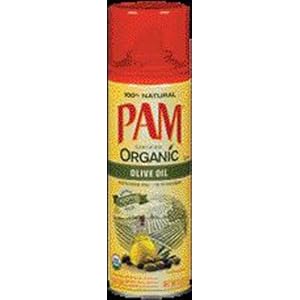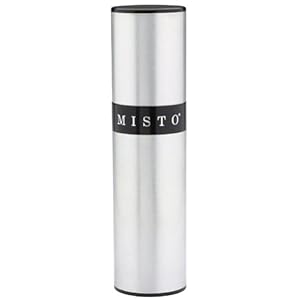The additive soy lecithin is everywhere in our processed food supply, but what is it really and why is it used?
When food sensitivity testing showed my son was highly sensitive to soy lecithin, I started looking for it on labels. And I found it everywhere: in creamers, infant formula, almost every chocolate candy or bar, peanut butter, margarine, spray oils… Soy lecithin is a darling of the food industry because it is an emulsifier that helps keep creamy things from separating.

And its cheap because it’s the byproduct of a stinky sludge left over from making soybean oil. Yep, this is a similar story to that of the corn industry who hired scientists to find more uses for products based in corn, which is how we came to have such ubiquitous — and cheap — products in our processed foods such as high fructose corn syrup.
Decades earlier, by 1939, scientists hired by the soybean refining industry had cooked up more than 1,000 new uses for soybean oil byproducts. Nowadays, soy lecithin’s slipperyness makes it a useful ingredient in compounds like rocket fuel and fracking liquid. It’s also one of the top ten commonly used additives in processed foods.
Although the soy protein should have been altered by processing so as not to be allergenic, some people with soy allergies may still react to lecithin. Others, like my son, are non-reactive to actual soy products (he can easily eat a bowl of Edamame without a problem) but react strongly to soy lecithin.

If you’ve read my cookbook, Glorious One-Pot Meals, you know that I was an avid user of spray oils to coat the inside of the pots used with my recipes. Now I can see that even the small amount of a spray oil containing soy lecithin, like PAM, used to grease a baking sheet for making cookies, is enough to trigger an inflammatory reaction for my son.
Do not fall for any bogus health claims pertaining to soy lecithin by keeping in mind that it is a chemically-manufactured substance derived from the waste from other processes. Our bodies have not evolved to be deficient in soy lecithin: you do not need to supplement with it to achieve a healthy state.
Now when I’m looking for a non-stick effect, I might use a refillable Misto spray bottle, or simply wipe an oil directly on the inside of the pot, rather than use a commercial spray oil canister containing soy lecithin.
If you are suffering from migraines, mood swings, ADHD, or even arthritis, you might be reacting to the soy lecithin in your foods. You can try simply eliminating soy lecithin from your diet to see if it helps relieve your symptoms. Of course, the only way to know for sure what foods or additives cause inflammation in your own body is to take a food sensitivity test like the MRT.


8 Comments on “Soy lecithin: healthy or toxic?”
After 12 years of migraines, I too have discovered that Soy Lecithin has been giving me severe migraines that last 3 days. My migraine triggers also include MSG. So if I want to live migraine free then I have to avoid processed foods.
Very interesting. But many of us use lecithin for health concerns, such as cholesterol level.
Where do you get the choline (and inositol) for your brain?
If from B-complex tablets, where do these companies source it?
Personally, I always prefer to get nutrition from whole foods rather than from possibly questionable supplements.
Lecithin and choline are indeed essential for proper functioning of the nerves and cell membranes, can both be found in egg yolks, giving yet another reason why it’s healthier to eat the whole egg rather than just the whites.
For B vitamins, on the other hand, I eat lots of mushrooms.
I am sorry but Soy Lecithin is not something bad for health as you pretend.
It is like plenty of food, this product is good, but not if you take too much, which is a lot. Please speak about real bad things, like some preservatives of hydrogenared oil, by example.
Robert,
I just took a MRT and lecithin came back as the strongest reaction that I have. If you suffered like I have and others have then you would not say she is pretending. Food makes me sick and lecithin makes me sick and I did not previously take in an extreme amount. Please don’t discount people and the issues they have with additives. Everyone is different.
Wow I thought I was the only person in the world with this problem. After identifying soy lecithin was causing massive migraines my life has changed dramatically. It’s amazing how many products this ingredient is in. I even discovered it is in tea and now only buy organic tea which isn’t a problem. Have also discovered I can buy some candy from Australia (home) which doesn’t have it in (yum yum)
I have the same issue. Started three years ago, I can do soy, but not the lecithin, makes me really sick. And I find that “natural flavors” use it as well. I found that out and it is undeniably true, no more Pepsi :(. As for a cooking spray, check out sams club bakers and chefs brand. No soy lecithin :). And for chocolate chips,look in whole foods for enjoy life chocolate chips (they also make chocolate bars).
Lecithin is a generic term to designate any group of yellow-brownish fatty substances occurring in animal and plant tissues composed of phosphoric acid. ,””,`
Regards http://www.healthmedicinelab.com/anti-inflammation-diet/
Comments are closed.